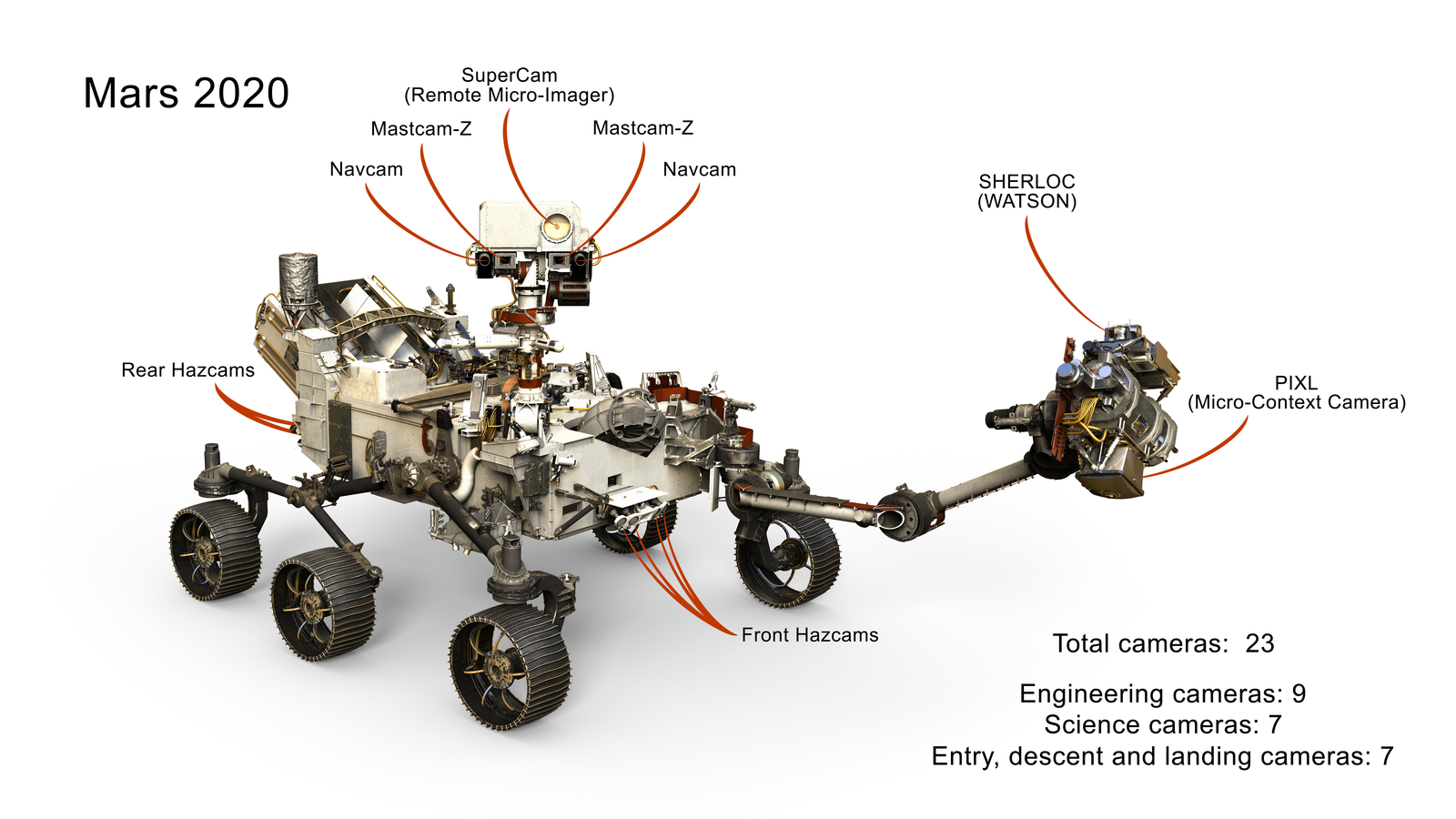Mbb modems driver download for windows 10. The Mars Orbiter Laser Altimeter, or MOLA, is an instrument on the Mars Global Surveyor (MGS), a spacecraft that was launched on November 7, 1996. The mission of MGS was to orbit Mars, and map it over the course of approximately 3 years, which it did sucessfully, completing 4 1/2 years of mapping. Don't forget to subscribe and please click the bell icon to get notified about any new uploads.Check Out My Website Here: https://www.paranormalcrucible.com/.
- This map was created by a user. Learn how to create your own.
- We follow the Curiosity Rover on Mars as it climbs up a Martian mountain named Mount Sharp. We have selected only the clearest footage from Mars to give you.
› More Preferences

- | Missions
- | Mars Reconnaissance Orbiter
- | Spacecraft & Instruments
- Send
Spacecraft and Instruments
Text Size
High Resolution Imaging Science Experiment (HiRISE)
The High Resolution Imaging Science Experiment (HiRISE) will photograph hundreds of targeted swaths of Mars' surface in unprecedented detail. HiRISE operates in visible wavelengths, the same as human eyes, but with a telescopic lens that will produce images at resolutions never before seen in planetary exploration missions. These high resolution images will enable scientists to resolve 1-meter (about 3-foot) sized objects on Mars and to study the morphology (surface structure) in a much more comprehensive manner than ever before.
+ Full image and caption
HiRISE also makes observations at near-infrared wavelengths to obtain information on the mineral groups present. From an altitude varying between 200-400 kilometers (about 125 to 250 miles) above Mars, HiRISE will return surface images that contain individual basketball-sized pixel elements (30-60 centimeters, or 1 to 2 feet wide), allowing surface features 4-8 ft across to be determined (resolved). These new, high-resolution images will provide unprecedented views of layered materials, gullies, channels, and other science targets, as well as characterize possible future landing sites.
Download Mars Cameras Free
Areas for close-up HiRISE imaging will be selected on the basis of data returned from the Mars Global Surveyor and Mars Odyssey missions, and from regional surveys conducted by the orbiter's instruments.Download Mars Cameras Software
The Principal Investigator (lead scientist) for HiRISE is Alfred McEwen from the Lunar and Planetary Laboratory at the University of Arizona.
 Visit the instrument site:
Visit the instrument site:http://marsoweb.nas.nasa.gov/HiRISE/
